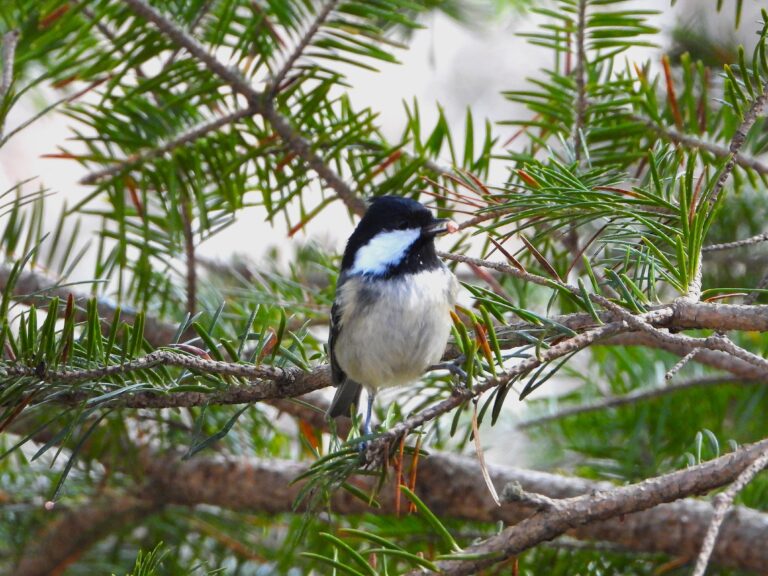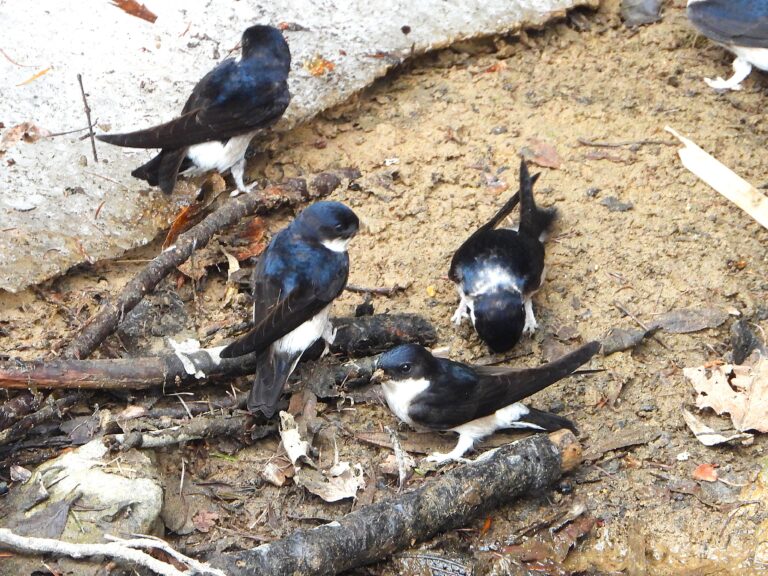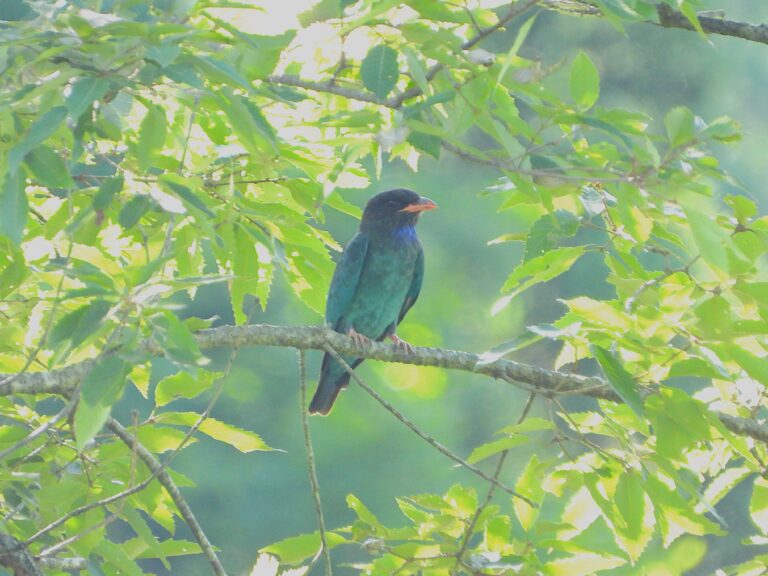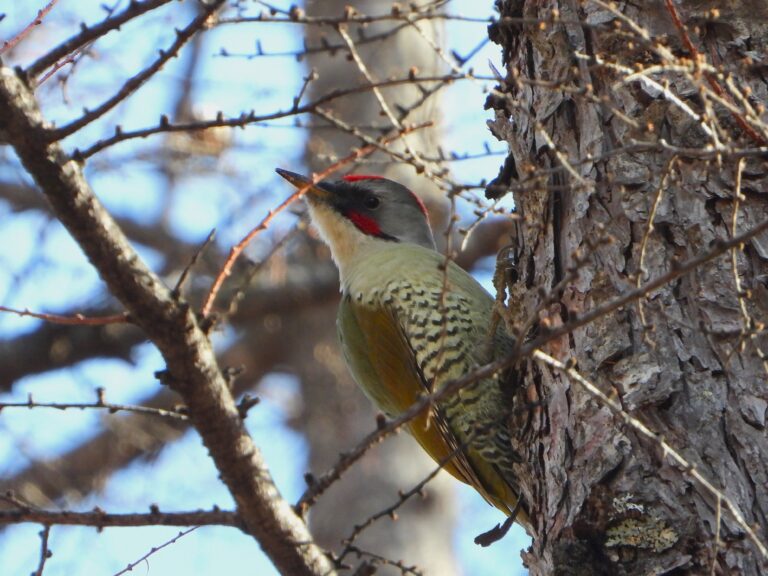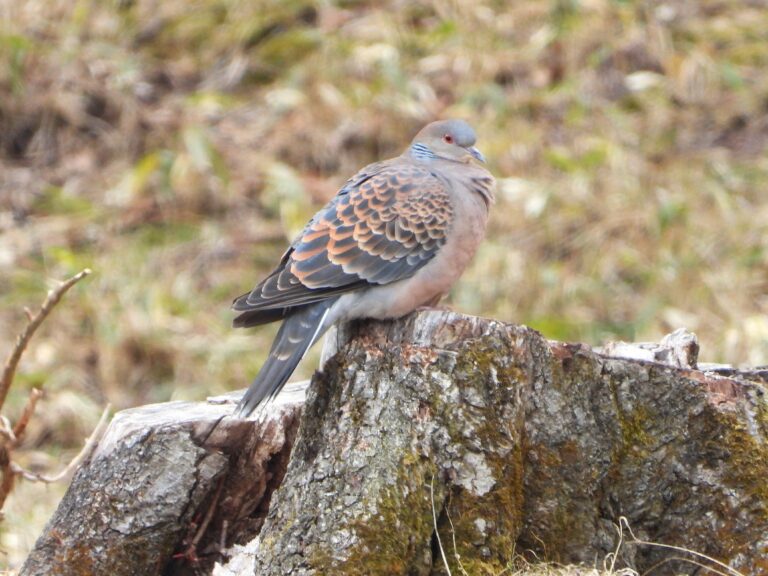Chinese Hwamei (Garrulax canorus) – Wildlife of Japan
Introduction
The Chinese Hwamei is a melodious laughingthrush native to East Asia. Escaped and released cage birds have formed wild populations across Japan. Japanese authorities classify the species as introduced and monitor its ecological impact. This article presents reliable, well-sourced facts and distinguishes confirmed knowledge from areas still under study.
Appearance
This medium-sized laughingthrush measures about 21–25 cm in length. It shows warm brown plumage with fine streaks on the crown and throat. The bold white “eyebrow” sweeping behind the eye stands out clearly. Its bill and legs appear yellowish to horn-colored, and the tail is slightly rounded. The Hwamei sings loudly with rich, varied notes that carry far through the forest.
Habitat & Distribution
In its native range, the Hwamei lives in scrub, secondary woodland, forest edges, and wooded parks. In Japan, it occupies similar low to mid-elevation habitats with thick undergrowth and leaf litter. The species has established itself across parts of Honshu, Shikoku, and Kyushu. However, heavy snowfall appears to limit its spread into northern and higher-elevation regions.
Where to See in Japan
You can often find this bird in wooded parks, brushy ravines, and forest margins, especially at dawn in spring and early summer. In the Kanto lowlands, foothills, and parts of Chugoku, Shikoku, and Kyushu, its ringing voice is a familiar sound. At first, listeners usually detect the song rather than the bird itself. With patience, though, the white eyebrow flashes briefly as it slips between branches.
Behavior
Hwamei move actively through leaf litter, hopping into low shrubs as they search for food. They often travel in pairs or small family groups. Males deliver long and complex songs while remaining partly hidden. Interestingly, some individuals mimic the calls of other birds. Although they stay mostly within one area, they may shift locally when conditions change.
Diet
The Hwamei feeds mainly on insects and other invertebrates it finds on the ground or in low vegetation. In addition, it eats fruits and seeds, particularly outside the breeding season. As a result, its flexible diet helps it survive through different seasons.
Reproduction
Breeding usually occurs from late spring through summer. Hwamei build cup-shaped nests in dense shrubs or low trees a few meters above the ground. Typically, a clutch contains around four eggs. Both parents care for the chicks. Because Japanese field data are limited, some breeding details still rely on observations from its native range.
Conservation
The IUCN lists the Chinese Hwamei as Least Concern globally. Nevertheless, Japan regulates it strictly as an alien species under the Invasive Alien Species Act. The law prohibits capture, transport, or release without authorization. Therefore, researchers emphasize monitoring and prevention rather than eradication. Although direct negative effects on native birds remain unproven, continuous observation remains essential.
Author’s Impression
In recent years, the Chinese Hwamei has become increasingly common throughout Japan—a slightly troublesome invasive species. Its song is loud and beautiful, but sometimes so powerful that it wakes you up early in the morning.



